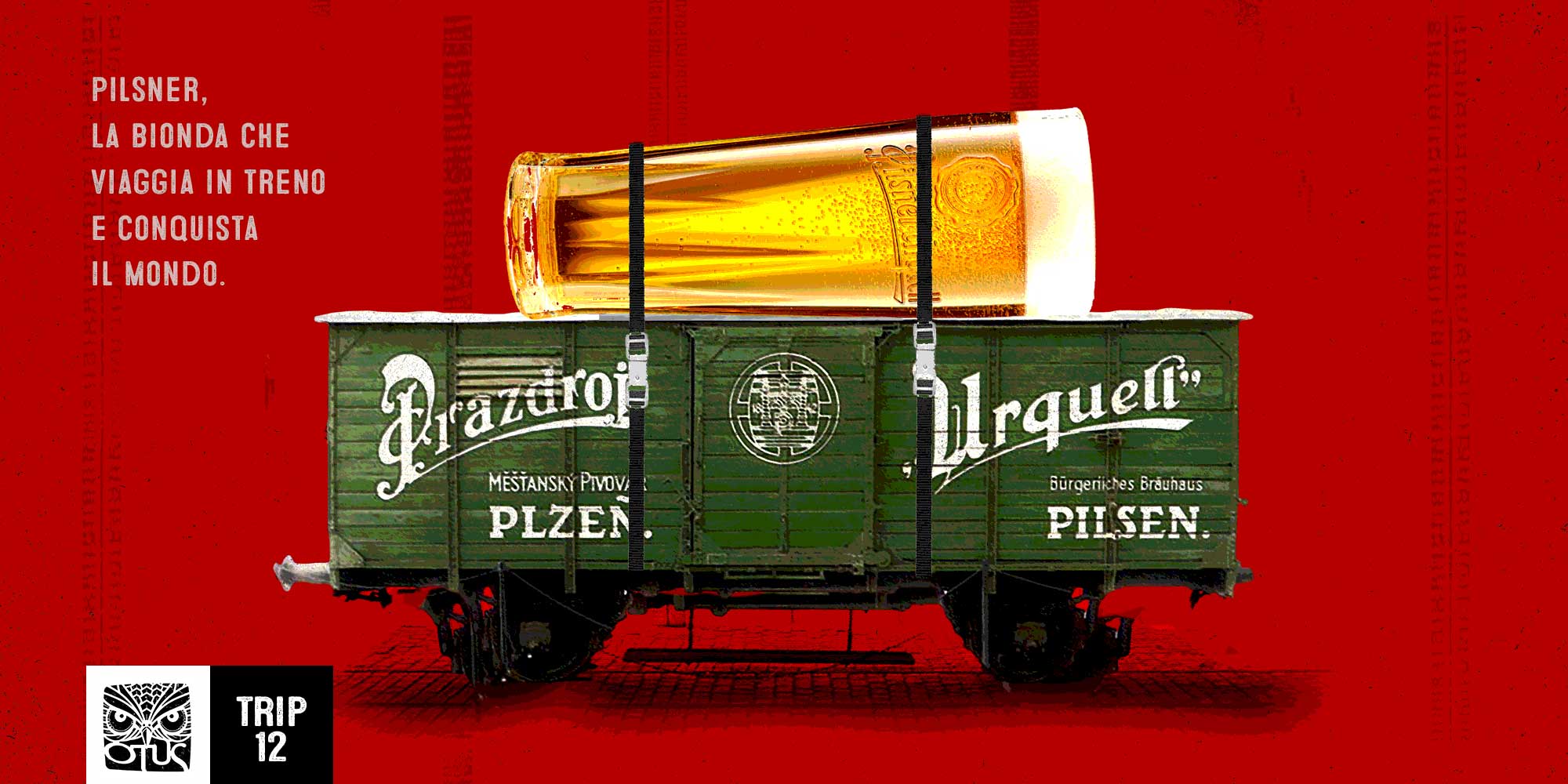
Pilsner beer | 150 years of irresistible style
Everybody considers beer as fresh, clear, golden with a lot of white foam, but this did not exist before 1842. Find out Pils beer origins.
Try to imagine that all the beers you know are dark coloured, from red to brown, and cloudy. Then, imagine that one day a clear, limpid, transparent beer with a golden yellow colour and a thick cap of compact and snow-white foam suddenly appears in front of you. It is what happened to Plzeň inhabitants, in Bohemia during St. Martin feast on 11th November 1842, when the first Pilsner beer brew was tapped. The people could not even imagine to take part in such an event of historical significance, that is the official presentation of a beer that was intended to become universally famous: more than one and a half century has passed and the most drunk beer style is Pilsner.
Pilsner | Plzeň inhabitants’ sensational protest.
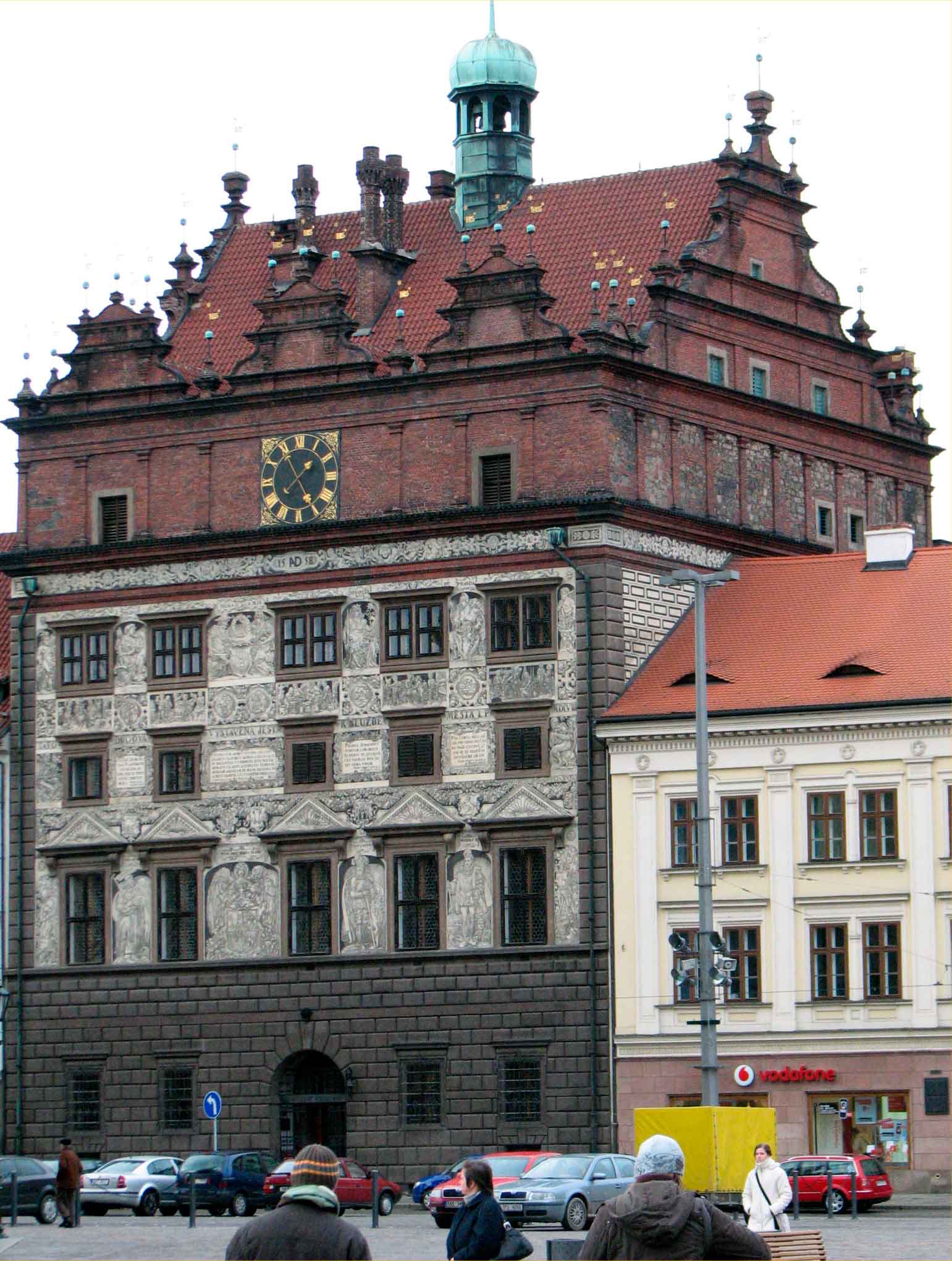
Olavfin, FAL, via Wikimedia Commons
What is the origin of the beer that masses identify as tout-court “beer”? Let’s try to understand what happened before that legendary St. Martin feast. At that time brewing licenses in Plzeň were given to 250 families that alternately produced in Kommunbrauhaus, the city brewery.
It was a remain of Medieval corporate uses that were still a remain of more ancient communistic uses that were about to be swept away by capitalism and privatization of all means of production.
The story we are talking about is located in this historical and economic period and it is originated by a sensational popular protest: in 1838 a group of Plzeň inhabitants poured 36 casks of Oberhefenbier [high-fermented] in front of the city hall that was produced in Kommunbrauhaus.
It seemed that the beer produced in the city brewery easily deteriorated becoming in this way undrinkable, maybe because of yeast contaminations. We do not know if the protest was spontaneous or provoked, but, taking advantage of people’s discontent, some members of the brewing corporation obtained the permission to build their own technologically modern brewery. Entrepreneurs aimed at producing high-quality beer able to tackle Bavarian competition with low-fermented beers.
Pilsner | The minimal-styled beer was created by a twenty-eight-year-old Bavarian brewer.
Bürgerliche Brauhaus (bourgeois brewery) was born, it was designed by the architect Martin Stelzer, that analysed the solutions adopted in modern English breweries that were born during the industrial revolution and considered the low fermentation necessity.
The work finished in 1842 and on 5th October of the same year, after some experiments, production started: the first low-fermented brew was entrusted to Josef Groll, a 28-year-old Bavarian brewmaster.
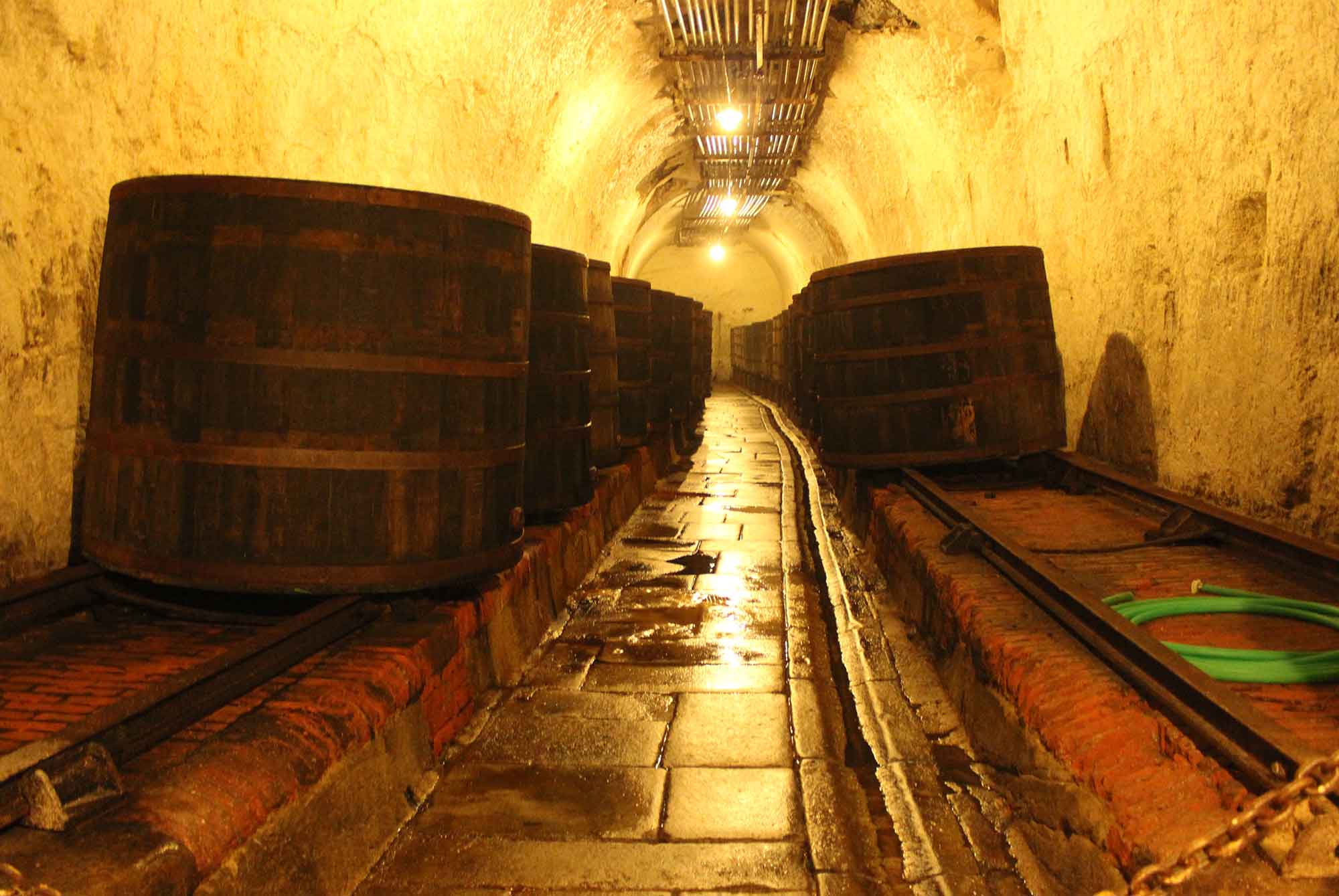
Olavfin, FAL, via Wikimedia Commons
Groll, not even imagining that his work will become one of the brewing myths, reduced ingredients to its minimum: he used pale malts, a local hop and a lager yeast smuggled from Germany.
Beer aged for four months in huge barrels inside cellars dug in sandstone under the brewery, where temperature was kept very low. His choices aimed at simplicity and practicableness, with an approach that today we would call “minimalist”.
The result was an essential but balanced and harmonic beer, in which every ingredient is clearly detectable to the nose and to the mouth.
Pilsner | an irresistible taste
Josef Groll Pilsner charms with a golden colour and a fine carbonation, with honey and cereal aromas and floral and herbaceous notes deriving from hop. Taste is complex, malt sweetness tends to be dry, hop bitterness is detectable, elegant and predominates over malt sweet notes, the end taste is fresh, harmonic, refreshing and long-lasting.
Pilsner | The blonde that travels by train and conquers the world.
New Plzeň beer popularity grew rapidly; its fame preceded the casks that travelled on revolutionary means of transport: trains. In 1865 three quarters of the production was delivered abroad, in 1871 exports reached also America and few times later also Middle East. Imitators increased and in 1898 those producers that in 1859 had already registered Pilsner mark, were obliged to further protect the identity and commercial recognizability of their beer by adding the denomination Urquell [original source].
Pilsner | Bohemian beer in Bohemian glass.


A further contribution to Pilsner success is the beginning of glass industrial production in Europe and the widespread of its use in every social class; Bohemian glass perfect transparency exalted the Bohemian beer one: the couple is breath-taking.
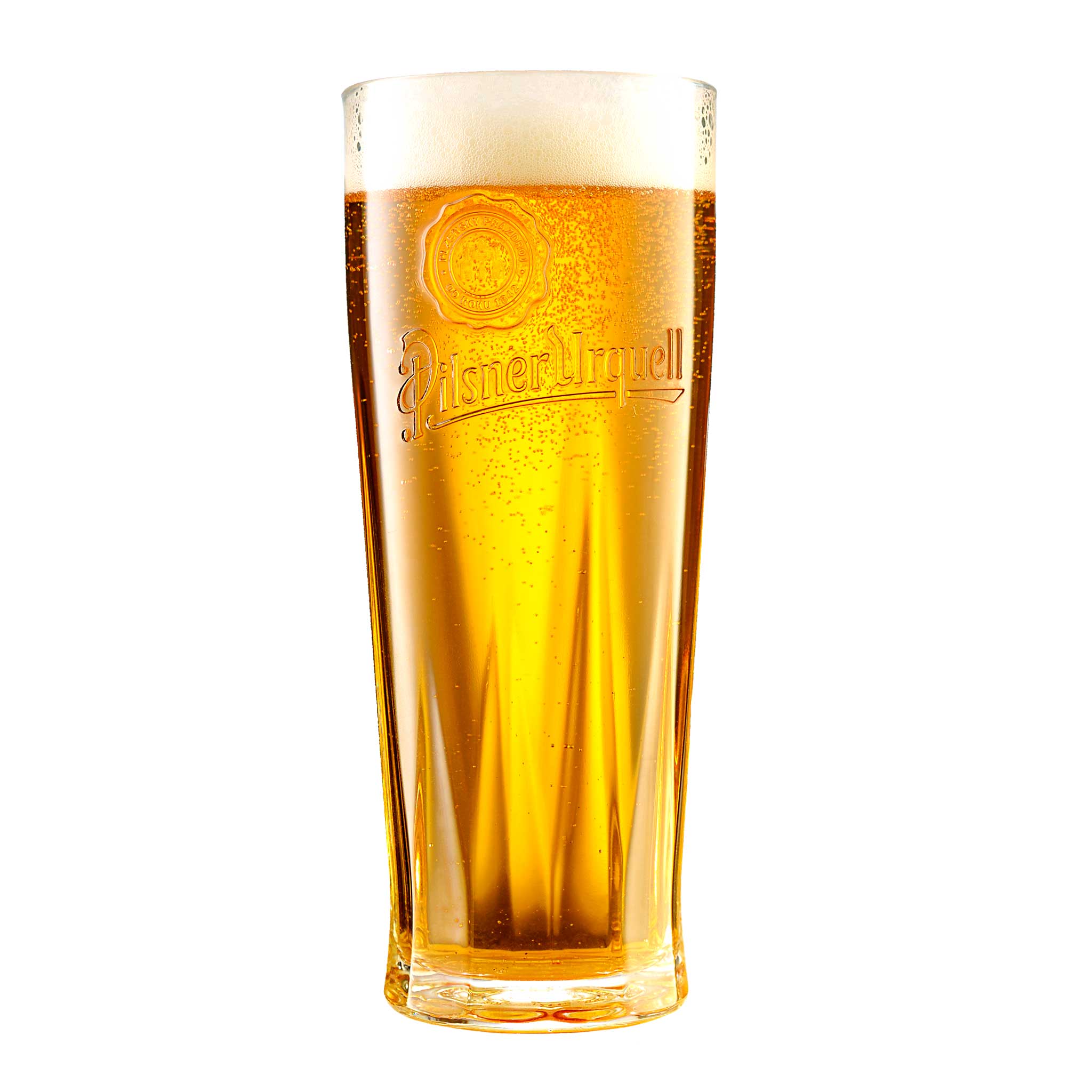
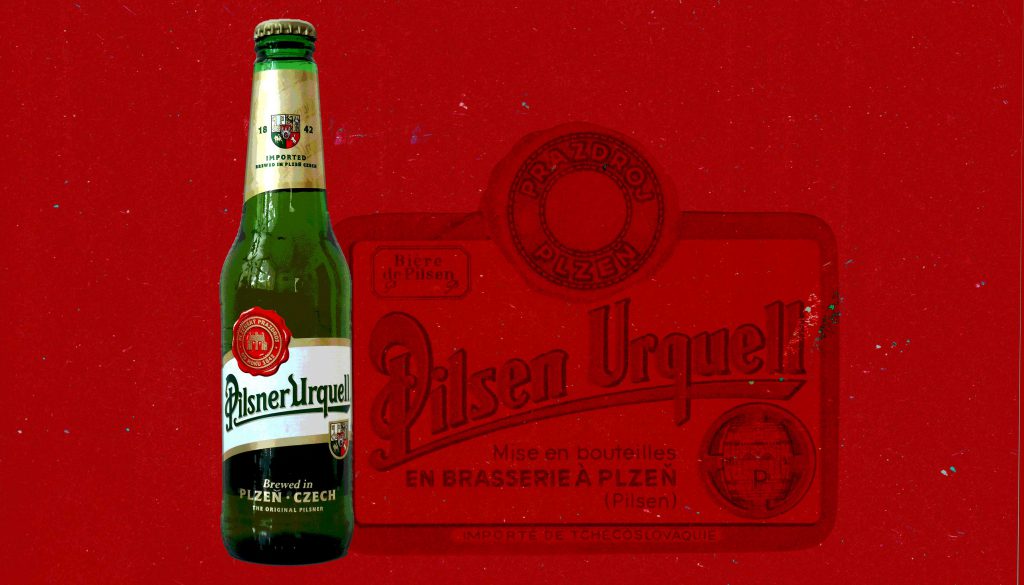
Pilsner | The original recipe
Let’s try to find out the characteristics of Groll’s Pils by better observing the ingredients. German Lager yeast – saccharomyces carlsbergensis (or pastorianus) species – settles progressively at the bottom during the aging phase with low temperatures and beer becomes clear. Malt (known today as Pils malt or Pilsner malt), cropped near Plzeň, remains pale with the new toasting method with hot air (instead of direct contact with fire) that was perfected in England and that gives sweet honey notes and the famous blonde colour to the beer. Nowadays that malt is known with the name Pils. The renowned Saaz hop (name from the homonymous Czech city), that Groll had just at hand, determines Pilsner spicy character and floral and herbaceous notes. The real Pilsner secret is by the way the incredibly sweet Plzeň water, that makes hop bitterness delicate.
LeeKeoma, CC0, via Wikimedia Commons
Autor zaměstnanec podniku – reklamní středisko., CC BY-SA 4.0 <https://creativecommons.org/licenses/by-sa/4.0>, via Wikimedia Commons
Pilsner | The brewery between public and private property.
History ebbs and flows are surprising: Bürgerlichen Brauhaus, that was born in the Nineteenth century, commercially ditching the Plzeň “common brewery” and that has been one of the greatest breweries in Europe (in 1913 Pilsner production already exceeded one million hectolitre), was nationalized in 1947, becoming a public heritage of the Czechoslovak Socialist Republic.

Jan Polák, CC BY-SA 3.0 <https://creativecommons.org/licenses/by-sa/3.0>, via Wikimedia Commons
In 1956 Czech economy was recovering from Second World War and the former “bourgeois brewery”, now Plzeňské Pivovary, started to produce in great quantity again and to export Pilsner to western Europe. Today it is again a private property and it is owned by Asahi Breweries, a Japanese multinational company.
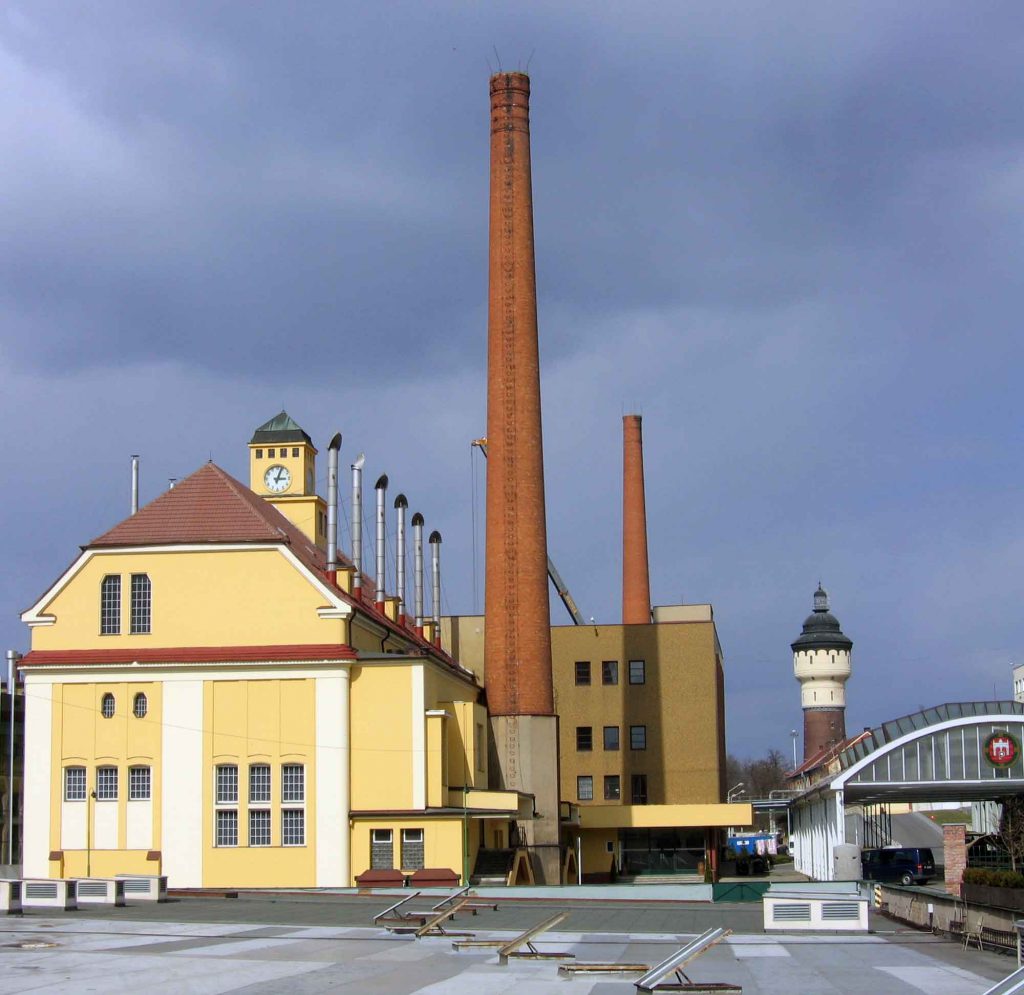
Norbert Aepli, Switzerland, CC BY 2.5 <https://creativecommons.org/licenses/by/2.5>, via Wikimedia Commons
Pilsner | 150 years of success.
Pilsner Urquell is still a famous industrial beer that is appreciated worldwide. Who wants to find out the original Pilsner taste must visit the historic Plzeň brewery, a cult for beer-aficionados; at the end of the tour unfiltered and unpasteurized Pilsner Urquell can be tasted, directly tapped from oak barrels.
Pilsner | Style evolution between trends and countertrends.
Pils (abbreviation for Pilsner) has had an incomparable success, but how do contemporary craft breweries interpret this brewing style and which are the evolutions? We asked these questions to Alessandro Reali, Otus brewer, the first and the only Italian craft brewery that has seen its Pils (already multi-award winning) on the podium of European Beer Star in the German-Style Pilsner category.

Alessandro Reali | Birraio di Otus
Alessandro Reali declares: “With the “craft revolution” we could drink innovative beers that widened taste horizons, however, brewing styles have been sometimes interpreted in extreme ways and now an opposing trend is ruling: brewers are going back to classical style. In this scenario, pilsner beers are literally blooming again and there are excellent interpretation of the original Czech and German style. I don’t mean that modern Pils production has stopped, for example I think about those one produced with the dry hopping technique and classical European hops, the Italian Pils, really appreciated in the States. Afterall, Pils is a beer that can be easily available to experiment and to use new ingredients like new-generation hops and yeasts. These last ones – with a widely different aromatic spectrum from the old noble European hops – allow the production of balanced but highly-aromatic beers, whose drinkability is similar to original Pils. In the end, beer is a soft breeze”.
Pilsner | Otus Brewery interpretation.
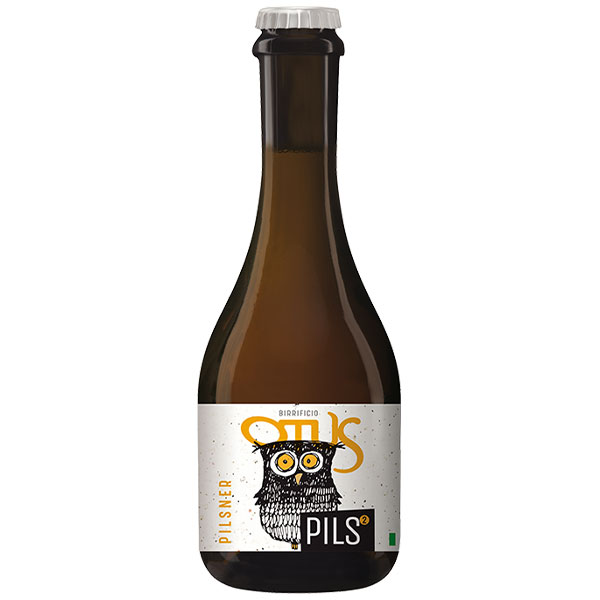
In Otus Pils, created by Alessandro Reali, tradition and modernity share the stage: we find Czech Saaz hop (used by Josef Groll in his original recipe) but also the German Tettnanger (both noble hops) and Akoya, a new-generation hop that confers pepperish and herbaceous hints.
Our journey in the history of this style stops here, on the notes by Alessandro Reali, but we will be back soon to explore Pils universe. Follow us.


